Patcharavipa’s Bangkok jewellery store takes a pared-back approach
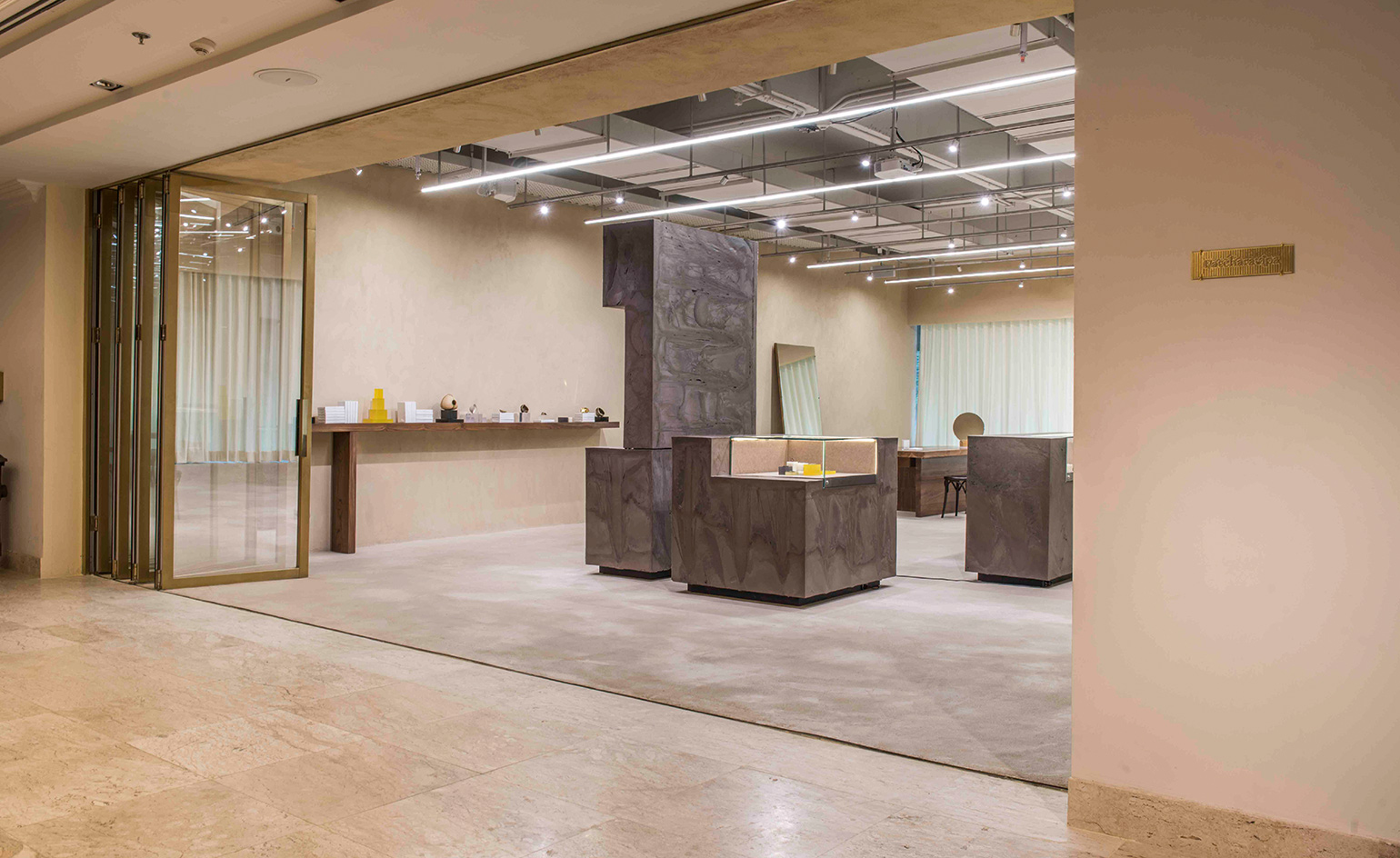
Architecture is a perennial source of inspiration for jewellery designers. The Bangkok-born fine jewellery designer Patcharavipa Bodiratnangkura is just the latest to look at buildings for design cues, but from a refreshingly new angle. It’s not so much buildings, but rather material finishes that interest her – the soft, neutral tones of industrial fabrics and, in particular, the correlation between them and the organic design resources she gleans from her local environment, such as teak, coconut shells and gold.
This year, she has succeeded in combining all of the above in a seriously minimalist home-town store by French architects Ciguë, creators of retail environments for the likes of Isabel Marant, Kris Van Assche and Maiyet, among others. Situated in the Ploenchit district of Bangkok, where Patcharavipa is mostly based (she divides her time between Bangkok and London), the eponymous boutique, to which the workshop is annexed, fulfils the jewellery designer’s vision of ‘creating a space where I could explain and express my jewellery and the ideas behind it; a chance to design jewellery for an empty space, to create larger pieces; to explore my designs more.’
Patcharavipa is best known for her use of Siam gold and the particular textures that her craftsmen file into it. The organic geometry of her rings and earrings never looks overstyled, too fashion-driven or ‘modern’. But then Patcharavipa, who graduated from Central Saint Martins in London in 2014, has been producing jewellery since she was 13.
The new boutique is housed in a 1980s building that belongs to her family. The jeweller’s great-grandfather, Nai Lert, was the developer who masterplanned the Ploenchit area next to what is now called Nai Lert Park in the early 20th century.
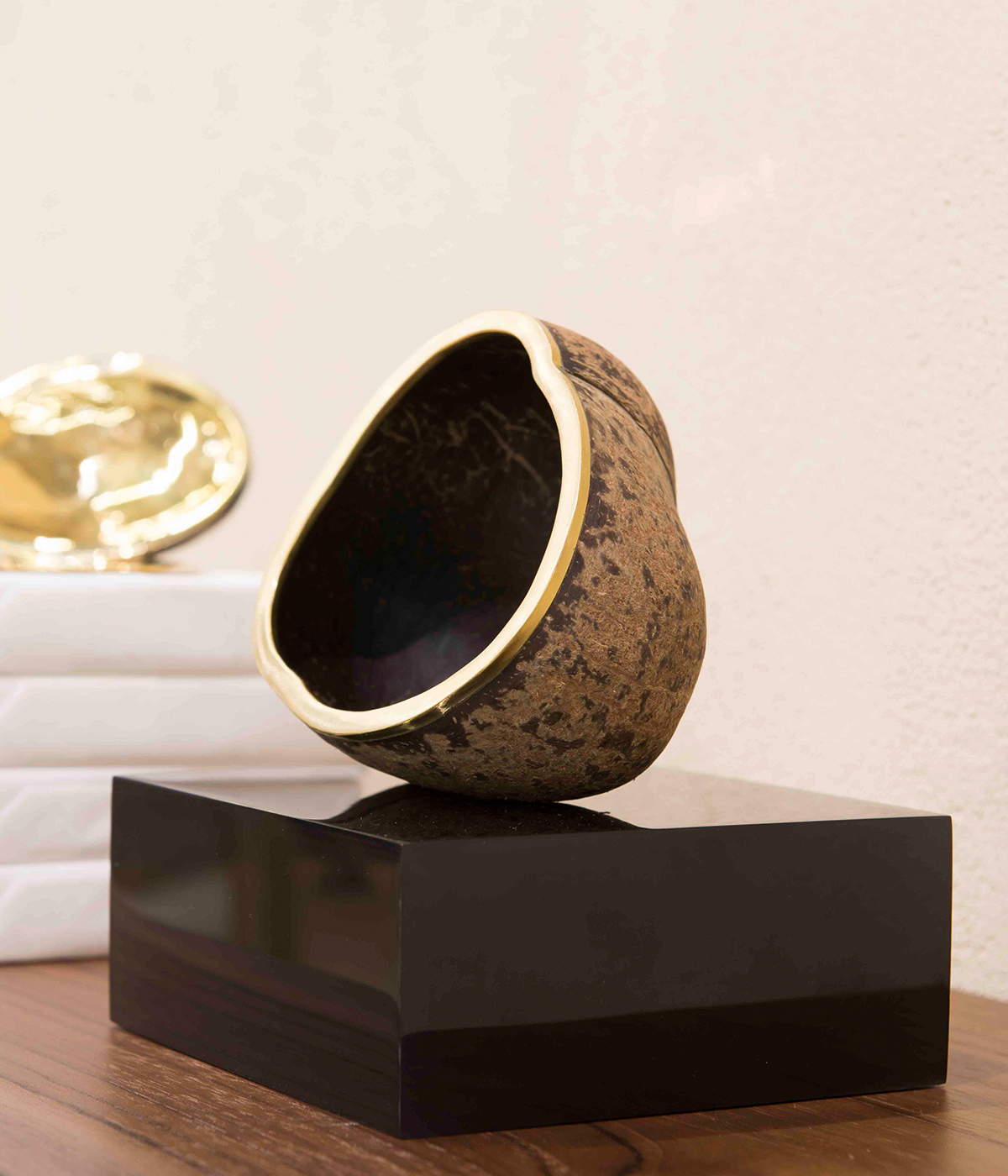
The new store allows Patcharavipa space to display not just her jewellery but larger objects she designs, such as ‘Cigass’, a work in brass and coconut shell.
‘It’s a strange retro-modern building, with a particular vibe – 1980s obsolete, patio, tinted windows, angled concrete surfaces. It’s well made,’ says Hugo Haas of Ciguë. ‘The interior shell was already stripped down to rough concrete slabs, beams and posts, so the idea was to mix different worlds, different periods. Bangkok is partially about that, and so is Pat, whose aesthetic forms a tension between contemporary and vernacular, industrial synthetic and organic, worldwide and primitive.’
Haas and Patcharavipa first worked together for her exhibition space at Paris fashion week in 2016, where they developed a foam – or mousse – fabric that looked like concrete, as a display backdrop for her jewellery collection. ‘The foam experiment, where we created something “poor” and synthetic to oppose the precious aspect of fine jewellery was the same approach we took with the boutique design,’ says Haas.
‘The materials palette plays between the super-soft tones of the coloured plaster and concrete floor, and the contrasting dark teak furniture, technical LED lighting and aluminium fixtures.’
The pair mostly worked on the project remotely. Patcharavipa threw in some images of works by artists James Turrell and Rachel Whiteread, as well as a Man Ray photograph – ‘I liked the way the shadows fell in it, while in Turrell’s work I saw something surreal in its reflective qualities.’ The furnishings, which were sourced by Patcharavipa’s furniture-designer brother, Phollawud Bodiratnangkura (whose business is next door), was also an integral part of the conversation.
The sum of all these richly textured parts is now a unique, organic whole – a thoroughly modern jewellery boutique. A contemporary gem of felt, wood, foam, soft-toned plaster, neoprene, brass, cloth and bulletproof glass, Patcharavipa Bangkok is blissfully free of black velvet and gilt-edged chairs, with not a statement chandelier in sight.
As originally featured in the March 2018 issue of Wallpaper* (W*228)
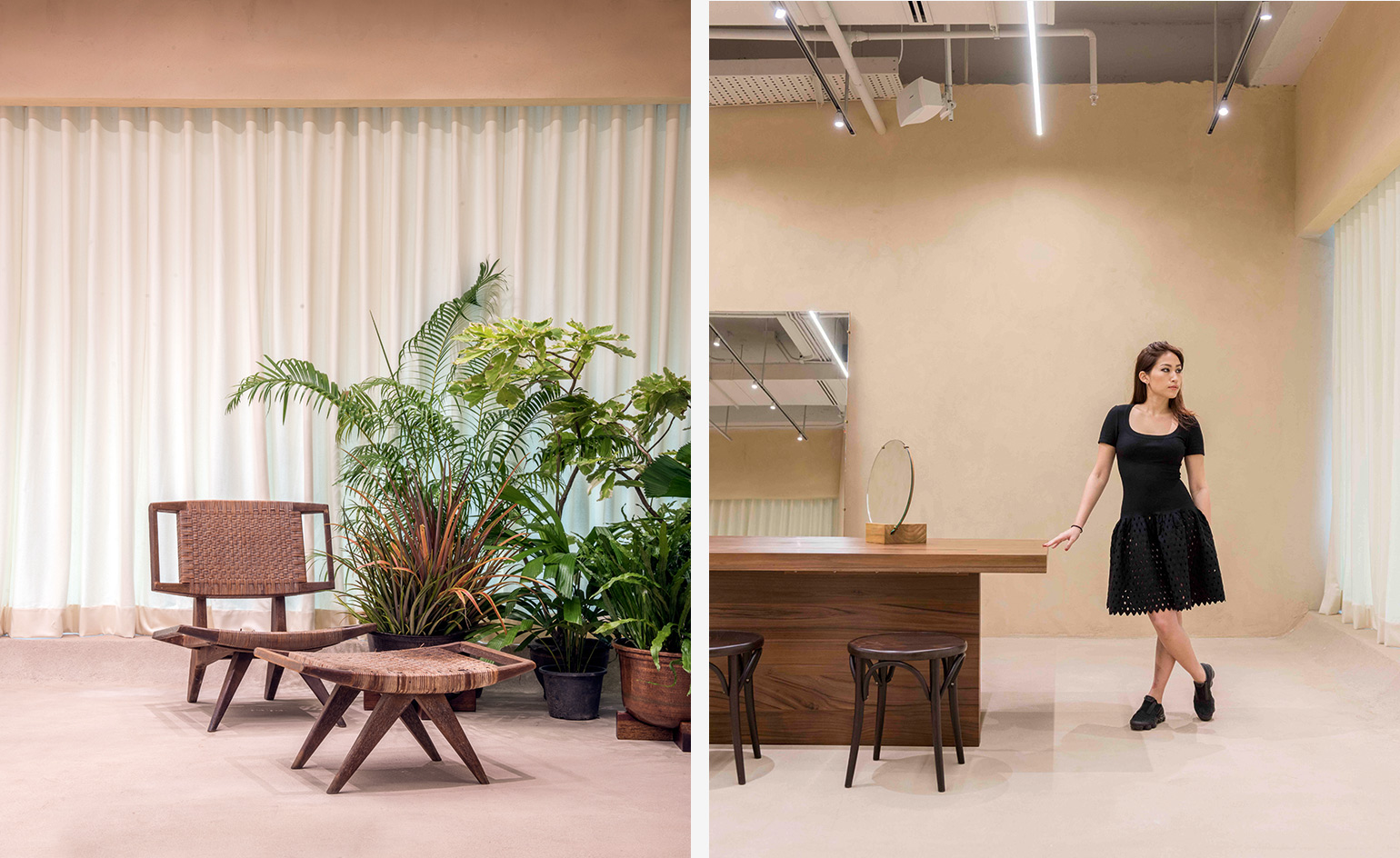
Left, the chairs and ottoman, 1950s, are from the family’s private collection of antiques. Right, Patcharavipa in the store, with its soft-toned plaster walls and floor
INFORMATION
For more information, visit the Patcharavipa website and the Ciguë website
Wallpaper* Newsletter
Receive our daily digest of inspiration, escapism and design stories from around the world direct to your inbox.
Caragh McKay is a contributing editor at Wallpaper* and was watches & jewellery director at the magazine between 2011 and 2019. Caragh’s current remit is cross-cultural and her recent stories include the curious tale of how Muhammad Ali met his poetic match in Robert Burns and how a Martin Scorsese Martin film revived a forgotten Osage art.
-
 All-In is the Paris-based label making full-force fashion for main character dressing
All-In is the Paris-based label making full-force fashion for main character dressingPart of our monthly Uprising series, Wallpaper* meets Benjamin Barron and Bror August Vestbø of All-In, the LVMH Prize-nominated label which bases its collections on a riotous cast of characters – real and imagined
By Orla Brennan
-
 Maserati joins forces with Giorgetti for a turbo-charged relationship
Maserati joins forces with Giorgetti for a turbo-charged relationshipAnnouncing their marriage during Milan Design Week, the brands unveiled a collection, a car and a long term commitment
By Hugo Macdonald
-
 Through an innovative new training program, Poltrona Frau aims to safeguard Italian craft
Through an innovative new training program, Poltrona Frau aims to safeguard Italian craftThe heritage furniture manufacturer is training a new generation of leather artisans
By Cristina Kiran Piotti
-
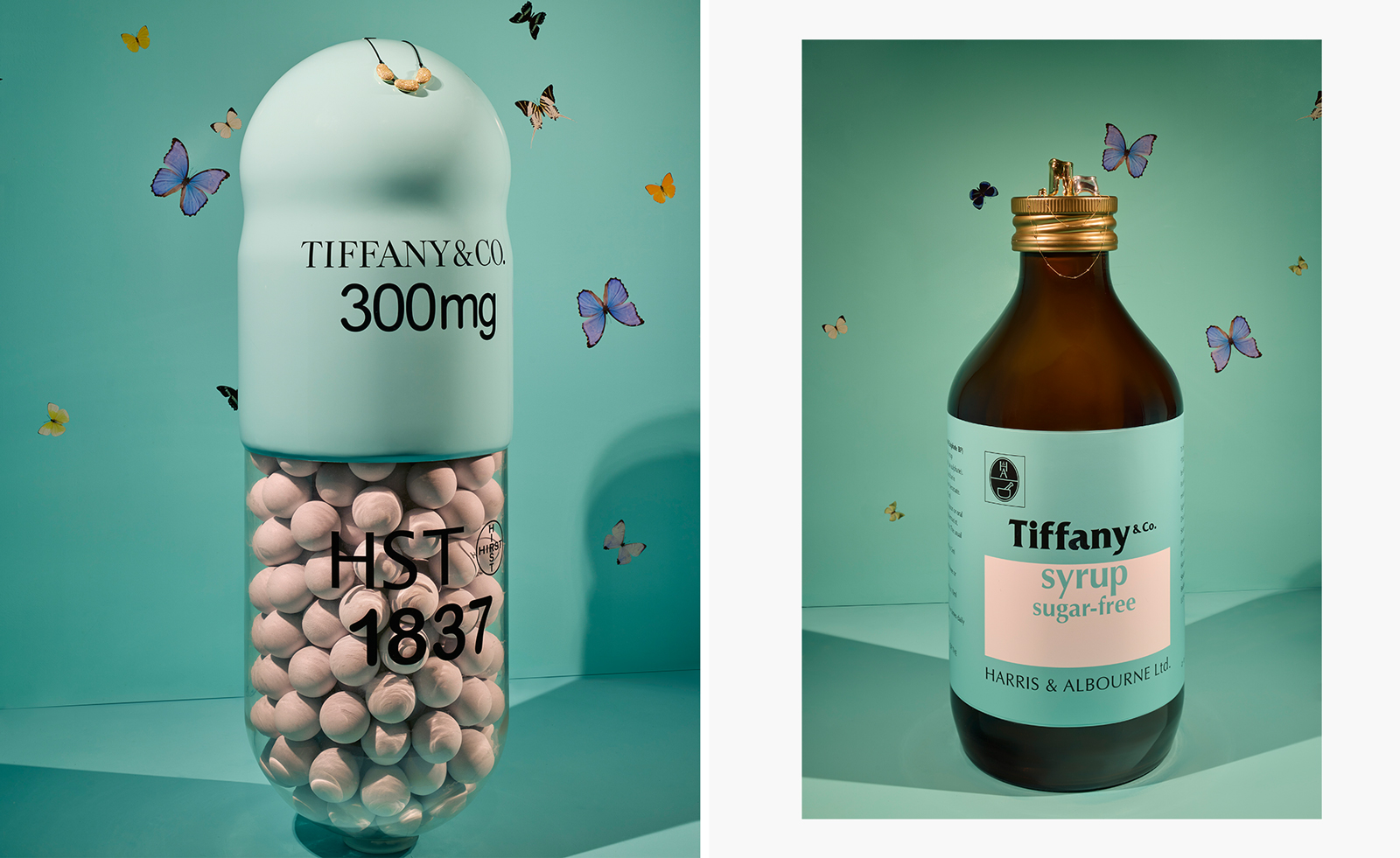 Art takes London: Tiffany & Co, Damien Hirst and artists take over Selfridges' windows
Art takes London: Tiffany & Co, Damien Hirst and artists take over Selfridges' windowsFour British contemporary artists celebrate Tiffany & Co's pioneering history with a series of storied window displays
By Anne Soward
-
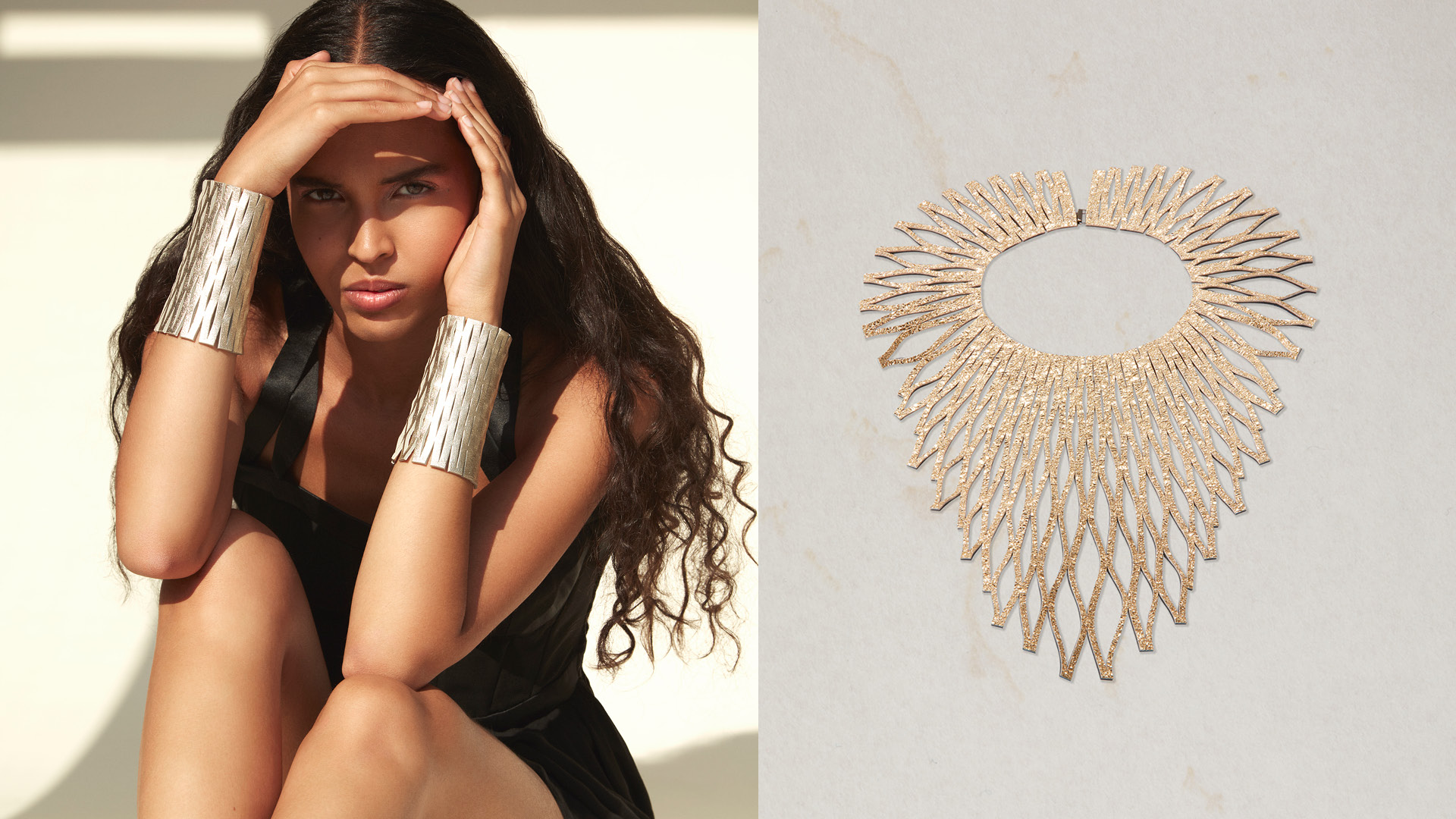 Late summer jewels: what to wear at Golden Hour
Late summer jewels: what to wear at Golden HourLate summer signals a jewellery style-shift. These independent designers have got it covered
By Caragh McKay
-
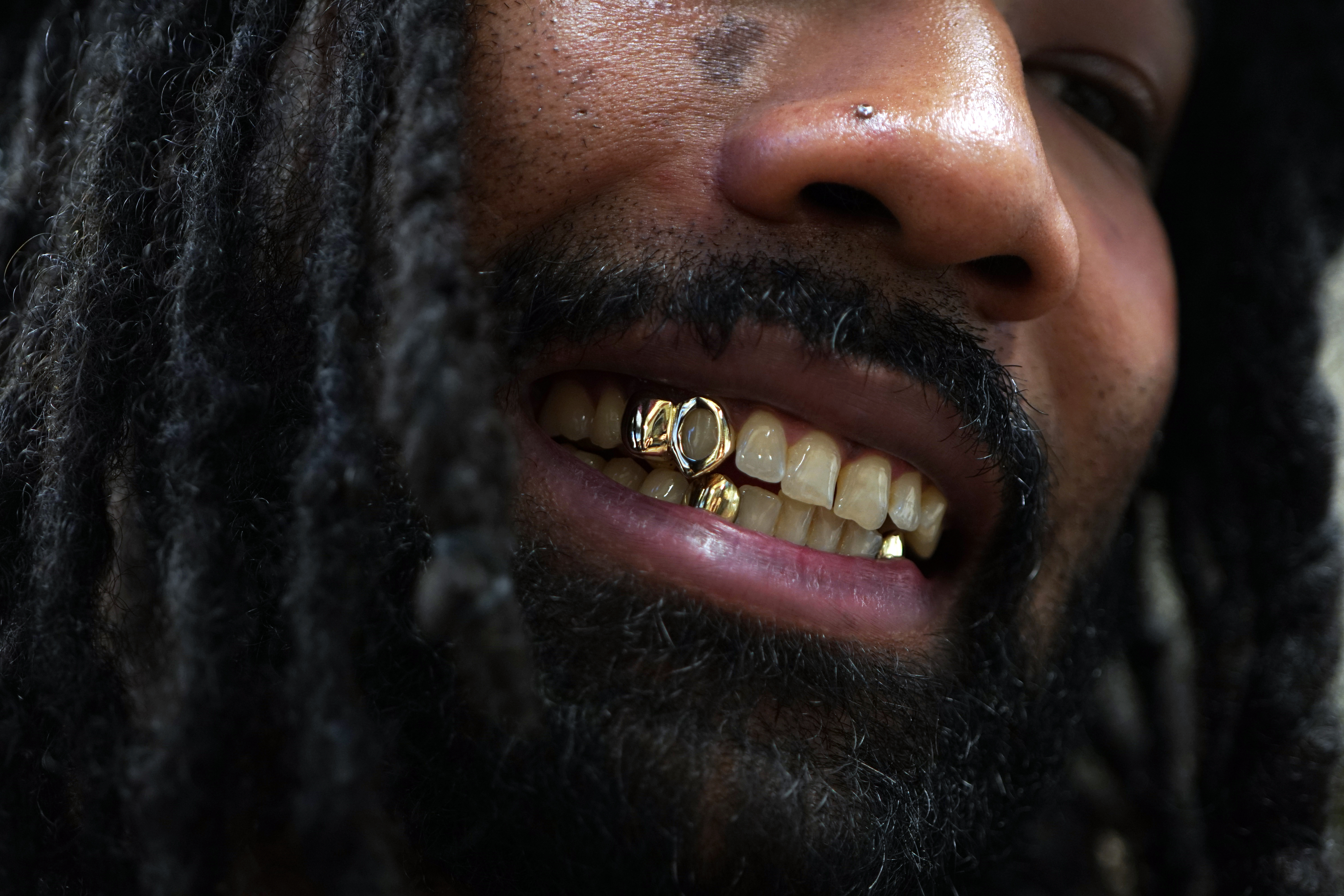 All smiles: How a grillz jewellery making class in London became an international hit
All smiles: How a grillz jewellery making class in London became an international hitWhat started as a passion project quickly exploded in popularity. We get the story behind the grillz-making workshop at Cockpit London
By Elisa Anniss
-
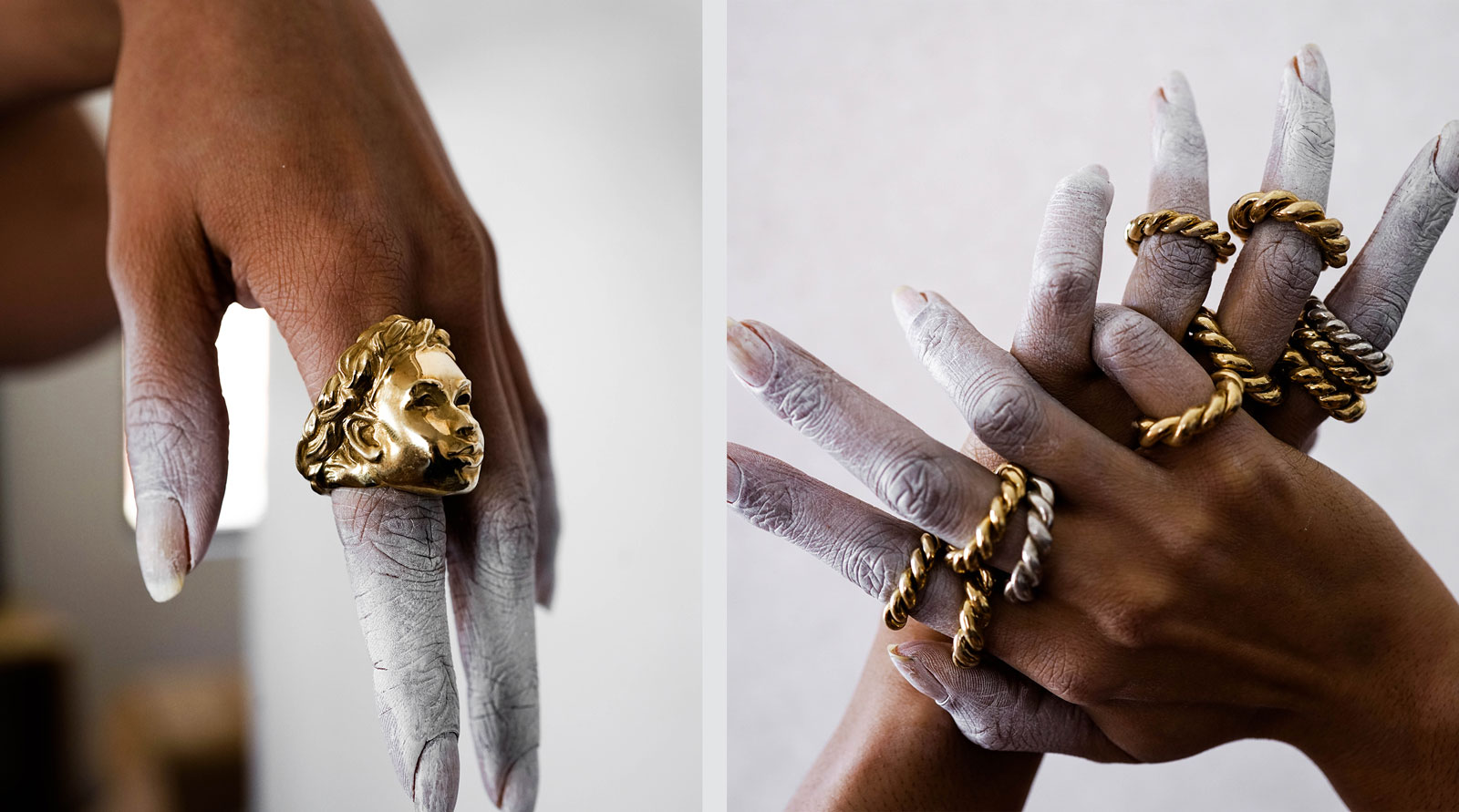 Emerging jewellery designers to get to know
Emerging jewellery designers to get to knowThese independent, new and emerging jewellery designers and brands from New York to Paris are firmly on our radar
By Hannah Silver
-
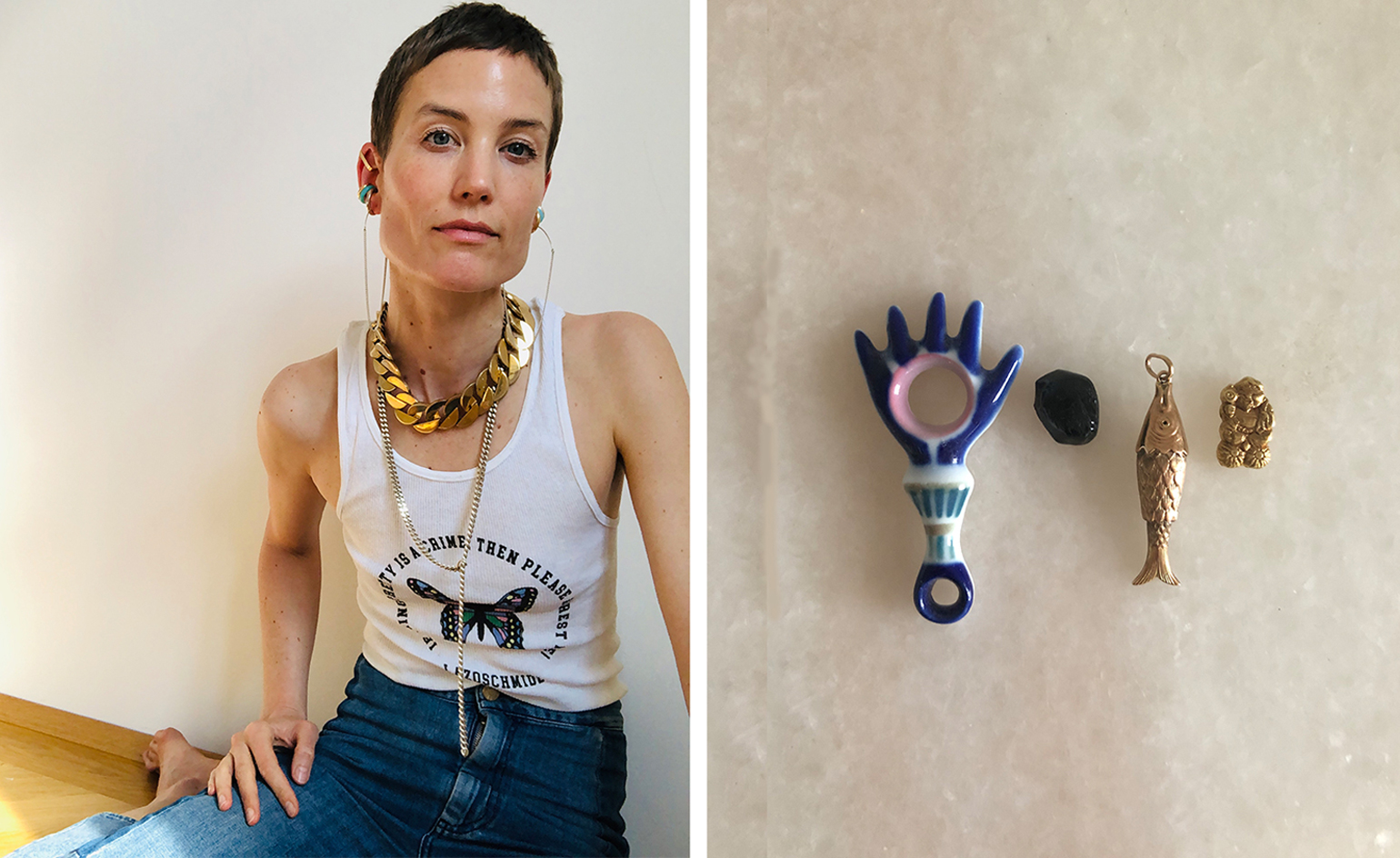 Jewellery designers share their most precious personal pieces
Jewellery designers share their most precious personal piecesA host of jewellers give us a peek at the jewellery which brings them joy and solace
By Hannah Silver
-
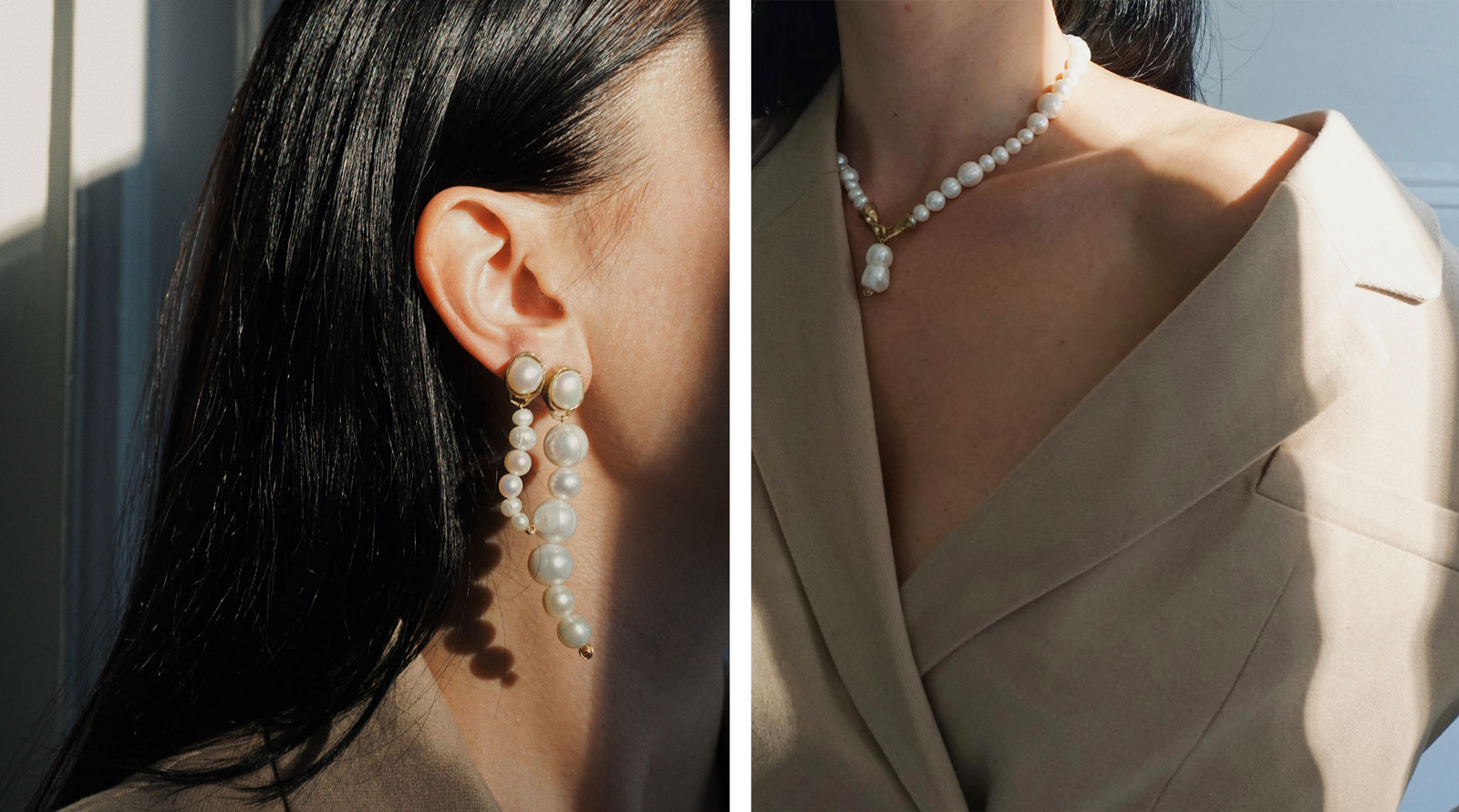 Playing it cool: pearls are having a moment
Playing it cool: pearls are having a momentWe've been deep-diving into boutiques around the world to find the very best calcium carbonate in minute crystalline form. It seems jewellers have been busy rethinking pearls, with contemporary (and often affordable) results
By Hannah Silver
-
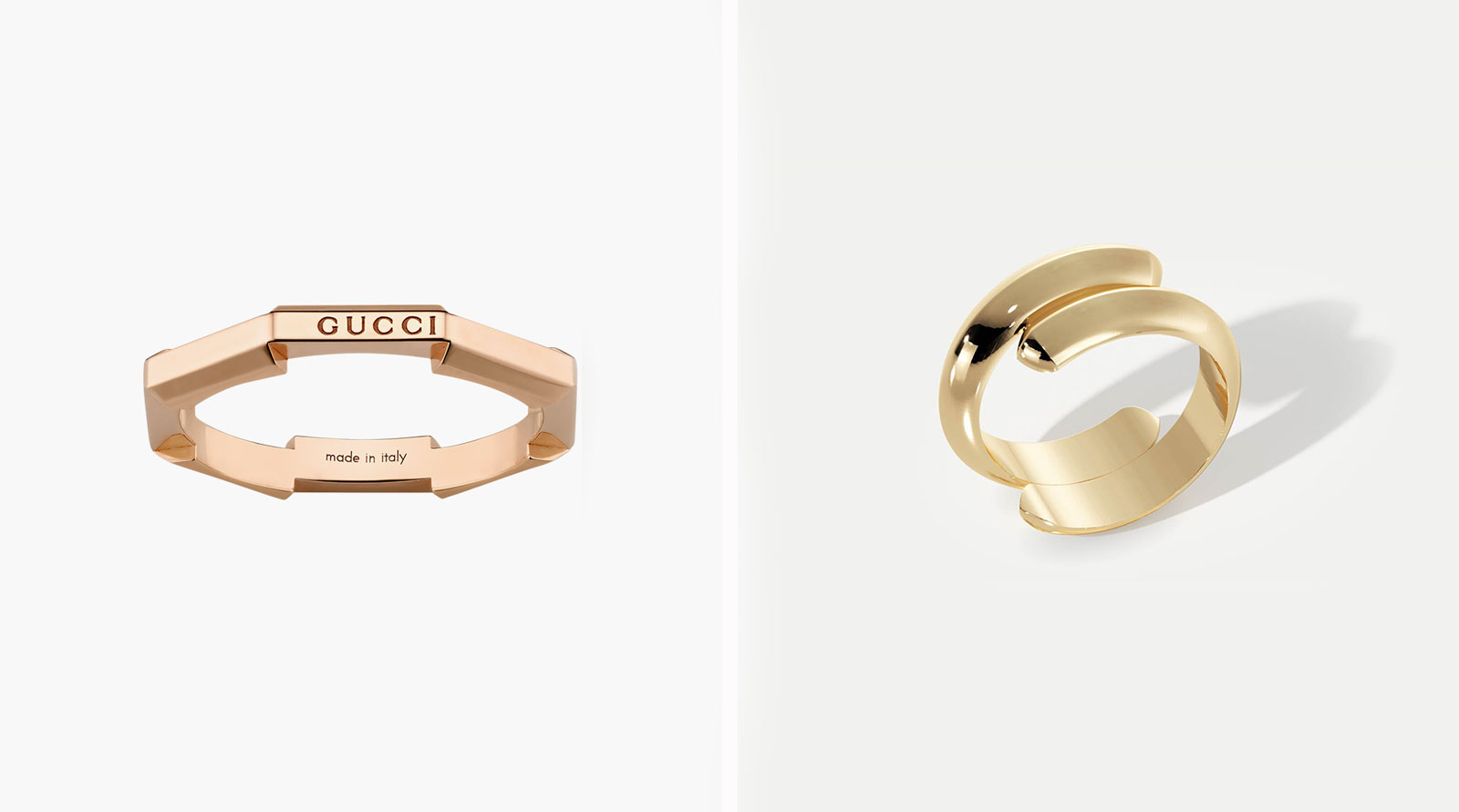 Eternity rings for the modern couple
Eternity rings for the modern coupleEternity rings, whether sleekly minimalist or sprinkled in diamonds, can be a chic and contemporary love token
By Hannah Silver
-
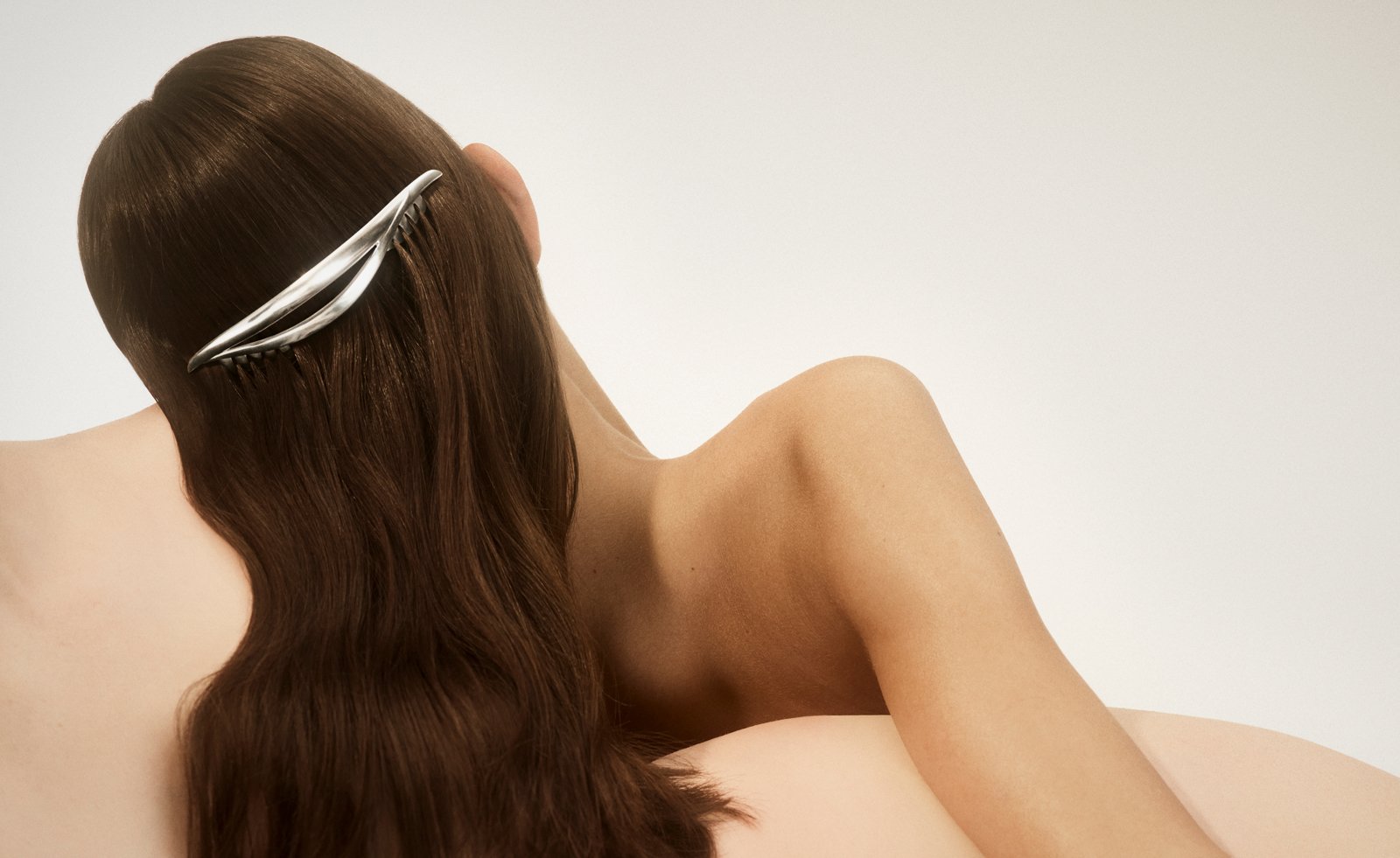 Hair jewellery to covet and collect
Hair jewellery to covet and collectToday’s hair jewellery is both practical and pretty. We're pinning our hopes on these simple and elegant accessories
By Hannah Silver